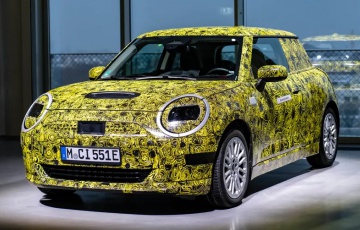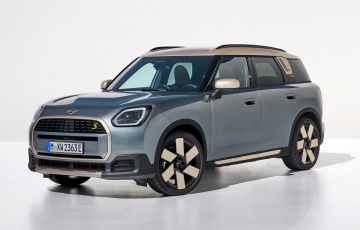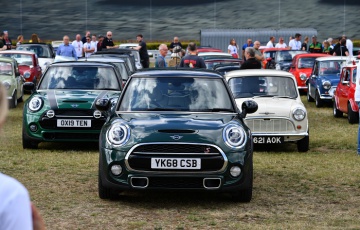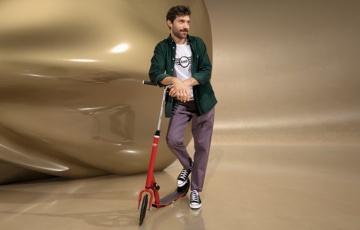The beginner’s guide to Mini
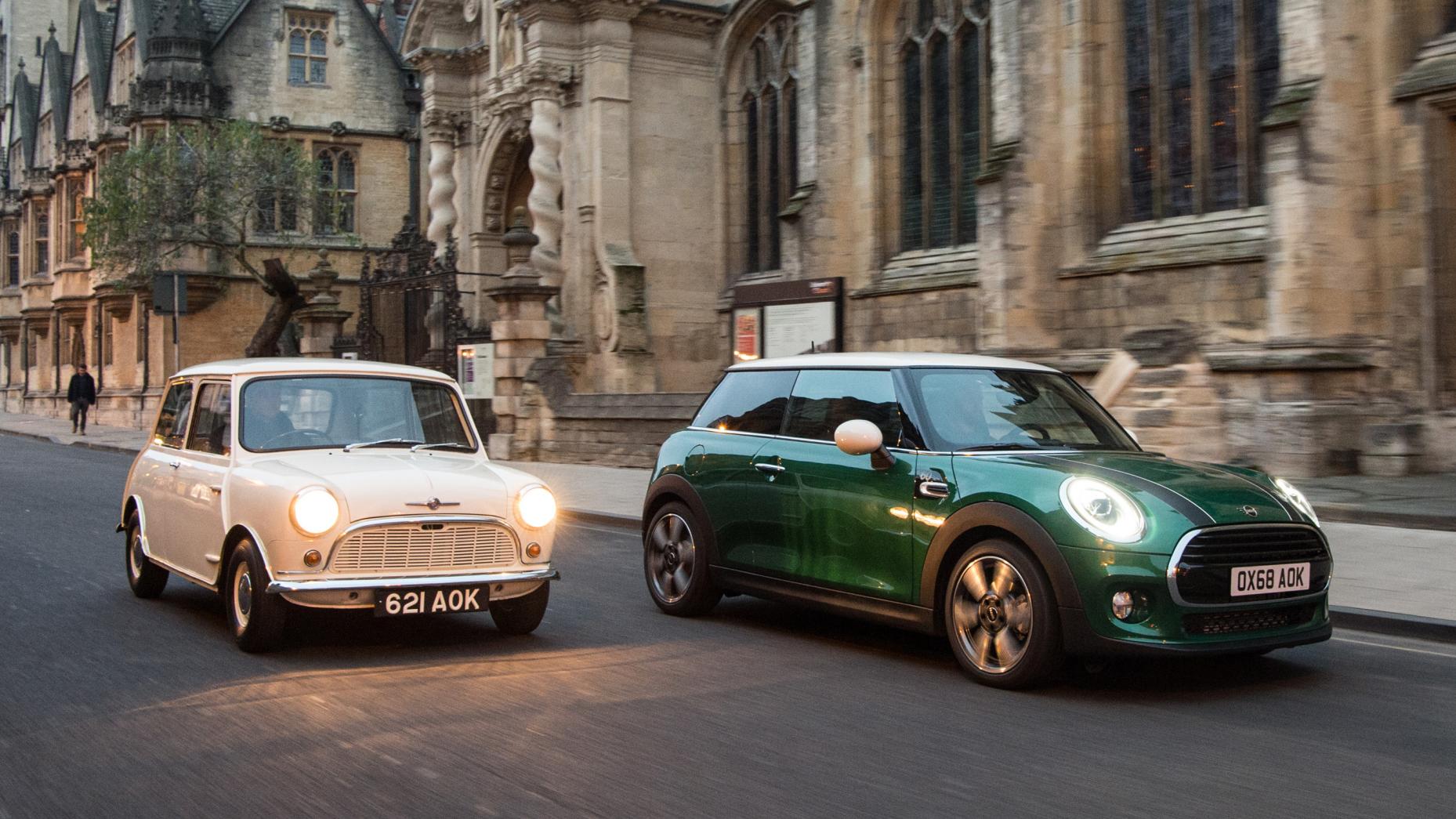
What’s Mini and when did it start making cars?
Like many of the world’s biggest car brands these days, Mini was once just a model name. Of course, you already knew that, didn’t you? And you already know the story behind the original Mini’s conception, but we’ll tell it again for posterity.
In the late 1950s, the Suez Crisis had caused a worldwide fuel shortage and small car sales were booming. In response, boss of the British Motor Corporation Leonard Lord ordered one Alec Issigonis to design something small and affordable without compromising on interior space.
Issigonis and his team pushed all four wheels to the far corners of their new design, before fitting a transversely mounted engine and gearbox to drive the front wheels. Oh, and the looks weren’t bad either.
The result was a revelation and remained in production with only minor tweaks until 2000 – although throughout its life it was known as the Austin Seven, the Morris Mini-Minor, the Austin Mini, the Mini, then the Austin Mini again and finally back to just the Mini (although V5 documents often said Rover Mini). Ah, the joys of British car manufacturing.
BMW acquired the Rover Group in 1994 and kept the rights to the Mini brand when it sold off others like Land Rover in 2000.
In any 'event', it doesn't stop fans of the brand from organising themselves into the biggest 'Mini' meet in the world.
(Click HERE to read about our visit to the 2019 International Mini Meet)
STORY Greg Potts
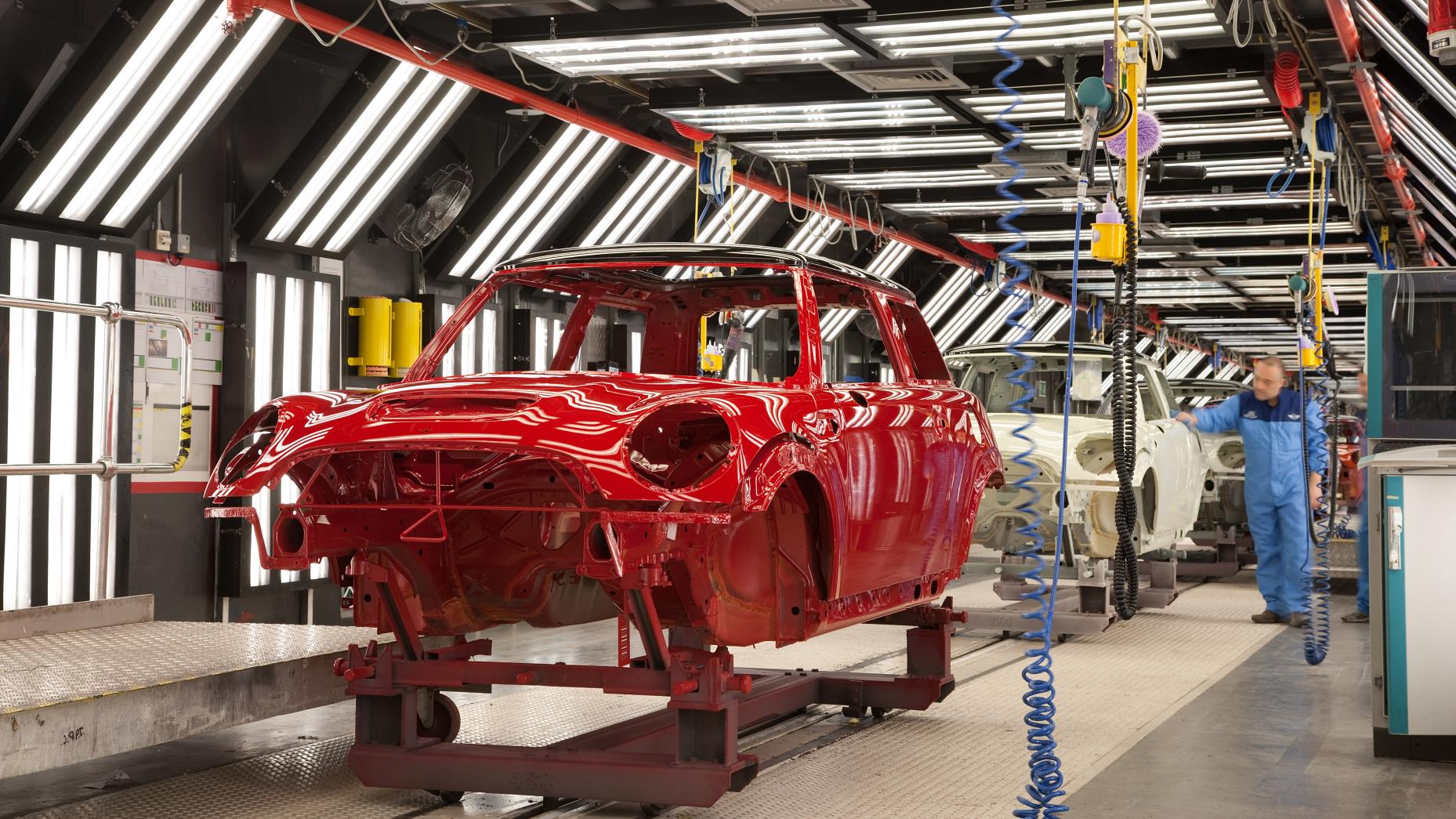
Where are Minis built, and how many does it build a year?
Along with the MINI brand name, BMW also retained ownership of what is now known as Plant Oxford when it broke up the Rover Group. The Cowley-based factory is the oldest mass-production car plant in the UK and celebrated its 100th birthday in 2013.
Having produced cars for over 13 different brands during that time, it now assembles over 1,000 MINIs per day. Not everything with a MINI badge on it comes out of Oxford, though, there’s also Plant Swindon and Plant Hams Hall in the UK, as well as VDL Nedcar in the Netherlands and production at other BMW facilities around the world.
In 2019 the BMW Group reported sales of 346,639 MINIs.
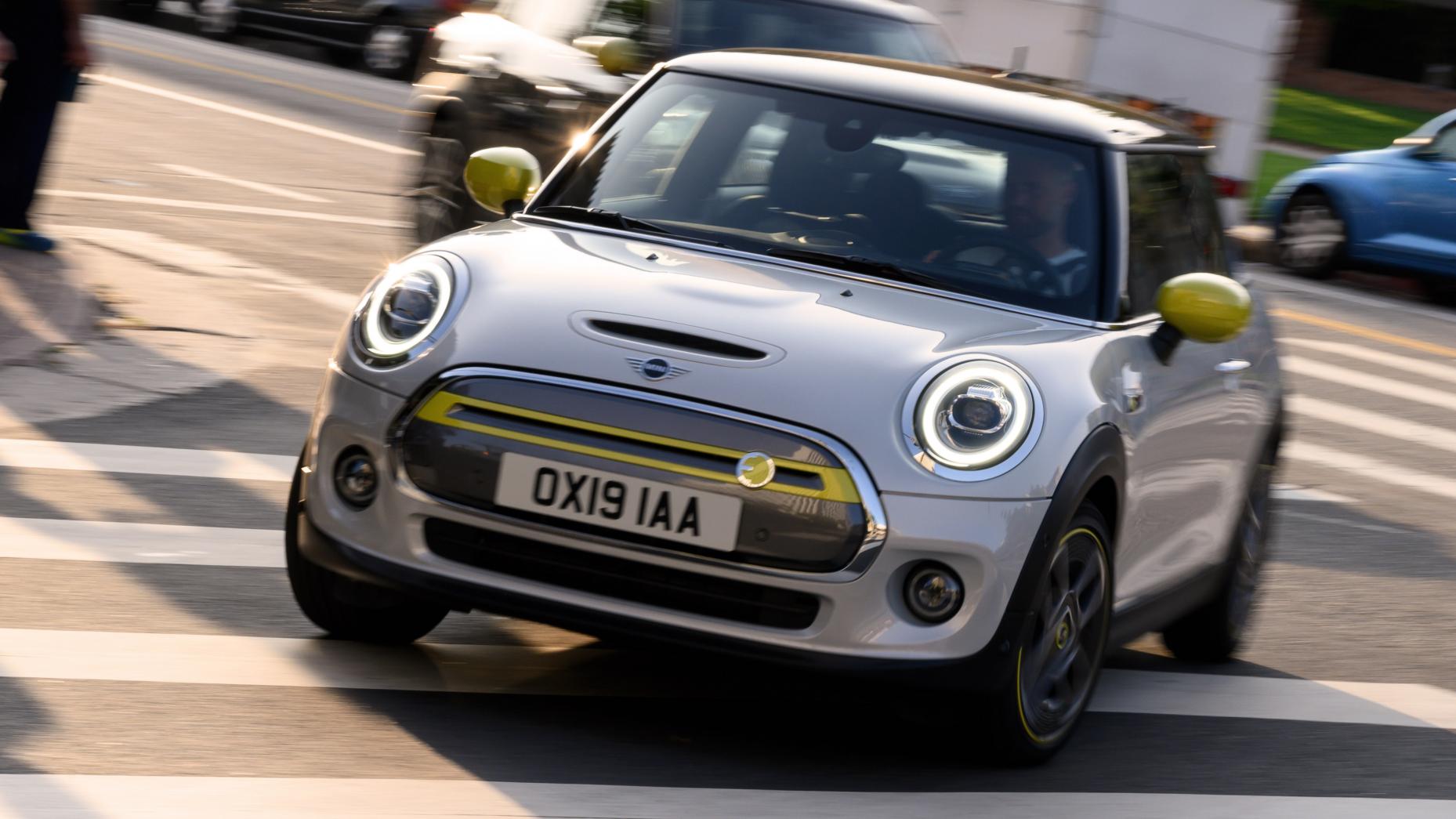
What cars does MINI build?
The 3-door Hatch is still MINI's staple, but these days it’s joined by the 5-door Hatch, the Convertible, the no-longer-funky Clubman and the “call that a Mini, back in my day Minis were actually Mini” Countryman.
The trim levels include One, Cooper and Cooper S, and the 3-door Hatch is now available as a full-EV whilst the Countryman can be had in plug-in hybrid form.
Then there’s the interesting stuff with John Cooper Works badges. JCW was initially a tuning company founded in 2002 by Michael Cooper – son of John Cooper, the man who turned the original Mini (complete with its now famous go-kart handling) into a racing car.
It has been fully owned by BMW since 2007, though, and its name now adorns 230hp versions of the Hatch and Convertible, plus 306hp versions of the Clubman and Countryman.
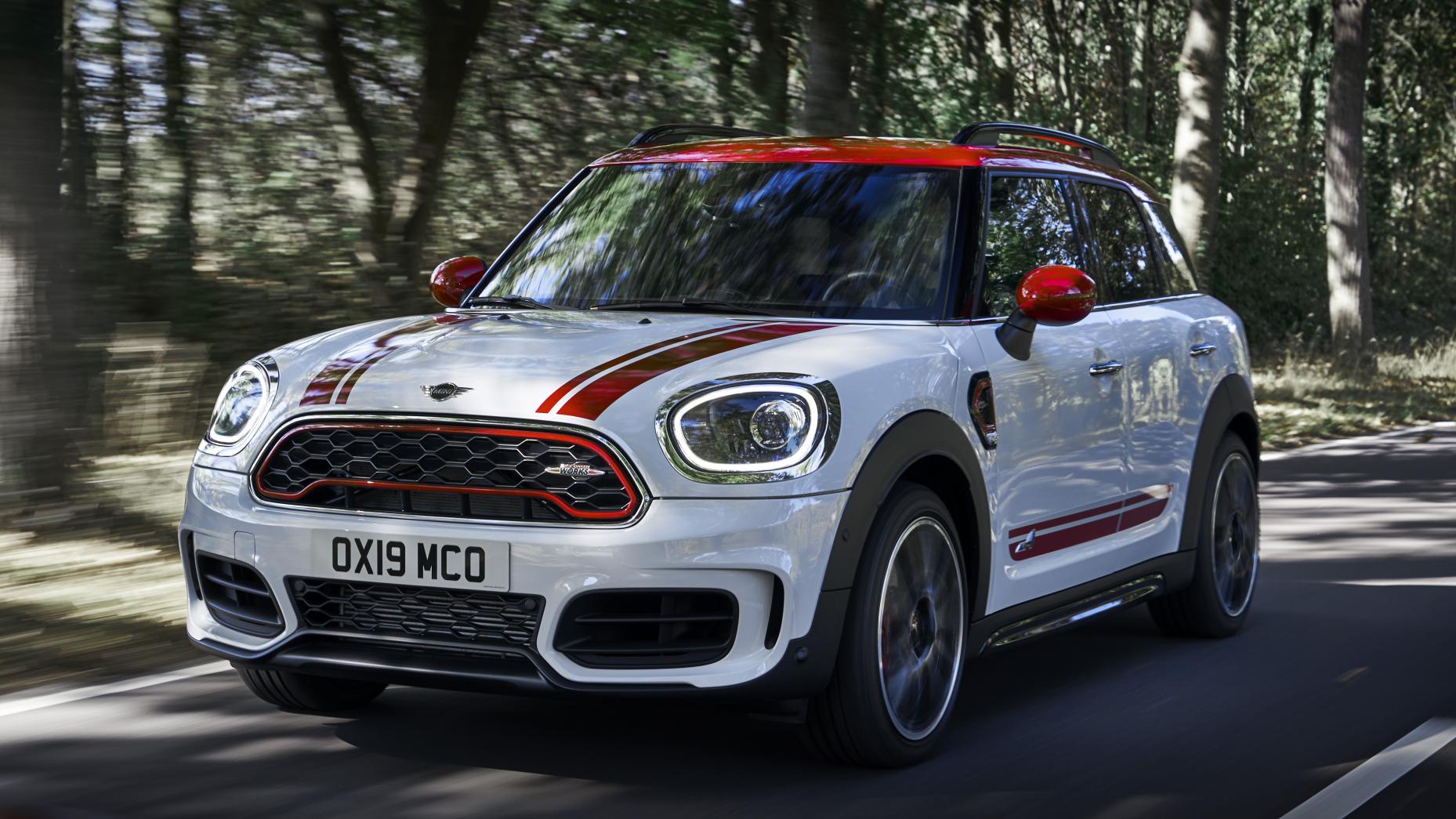
What’s the cheapest car MINI builds… and what’s the most expensive?
In its most-basic trim and without a single option, the 3-door Hatch is the cheapest new MINI that money can buy – although has anyone bought a modern-day MINI and not been tempted by the endless personalisation options? We think not.
At the time of writing, the most expensive MINI is the mad MINI GP - a 306hp junior hot hatch that’ll do 0-100km/h in 5.2s. Did we say it’s mad? Certainly looks it, what with those flared arches and monster rear wing. Only 3,000 will be built.
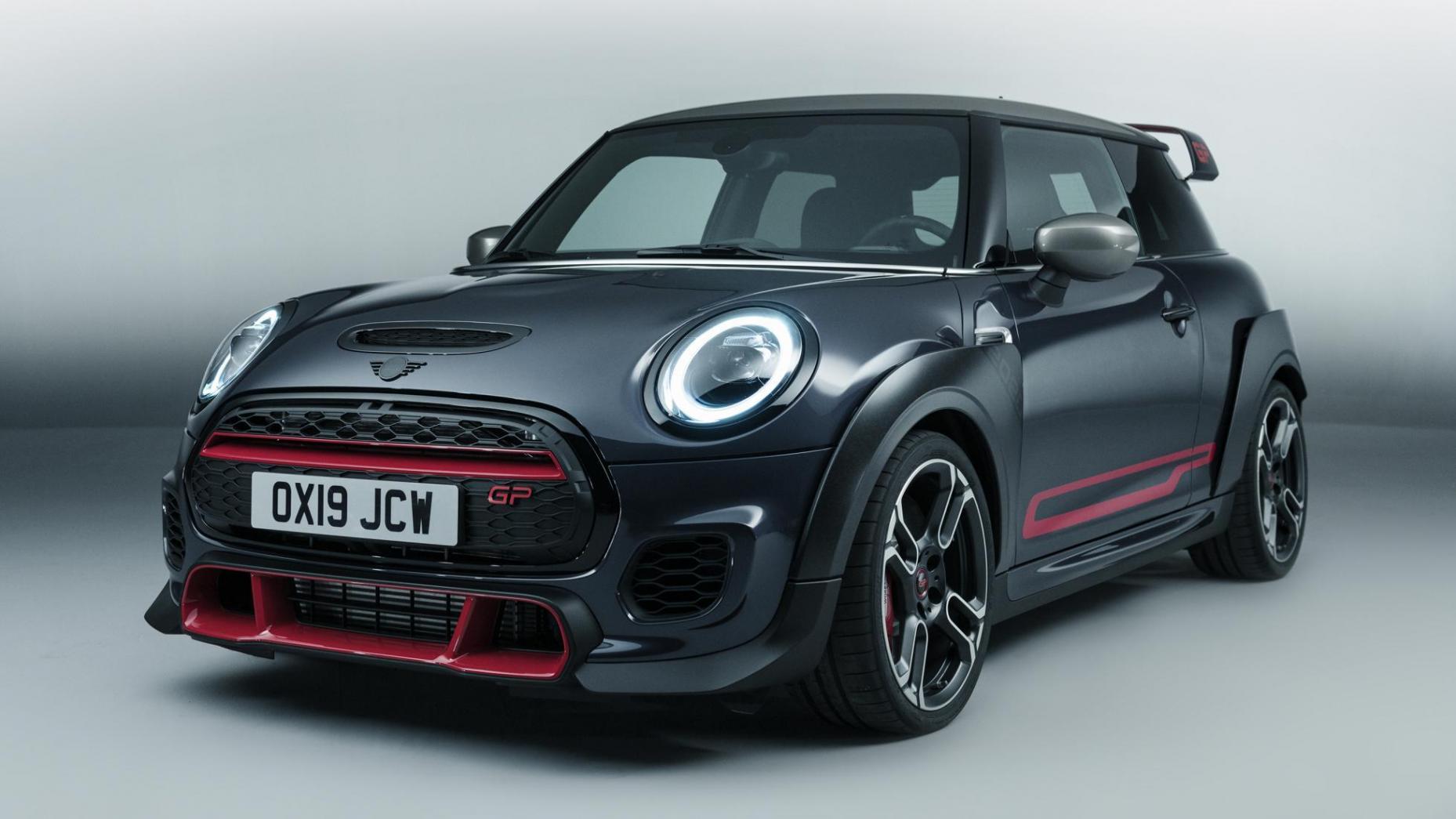
What’s the fastest ever car MINI has built?
If we’re talking road cars, MINI's fastest model ever is set to be that aforementioned John Cooper Works GP.
Along with bonkers looks and stick-on CFRP wheel arches, the GP will get the 306hp, 450Nm 2.0-litre turbo from the BMW M135i (the same unit as in the Clubman and Countryman JCW models) as well as an 8spd auto gearbox and front-wheel drive. That’ll mean 0-100km/h in 5.2secs and a top speed of 264km/h. To recap however: just 3,000 will be built.
Away from roads altogether, MINI also makes some pretty quick cars. Take the awesome-looking X-raid for example, which brought Carlos Sainz Sr his third Dakar Rally win in 2019. We love Carlos.
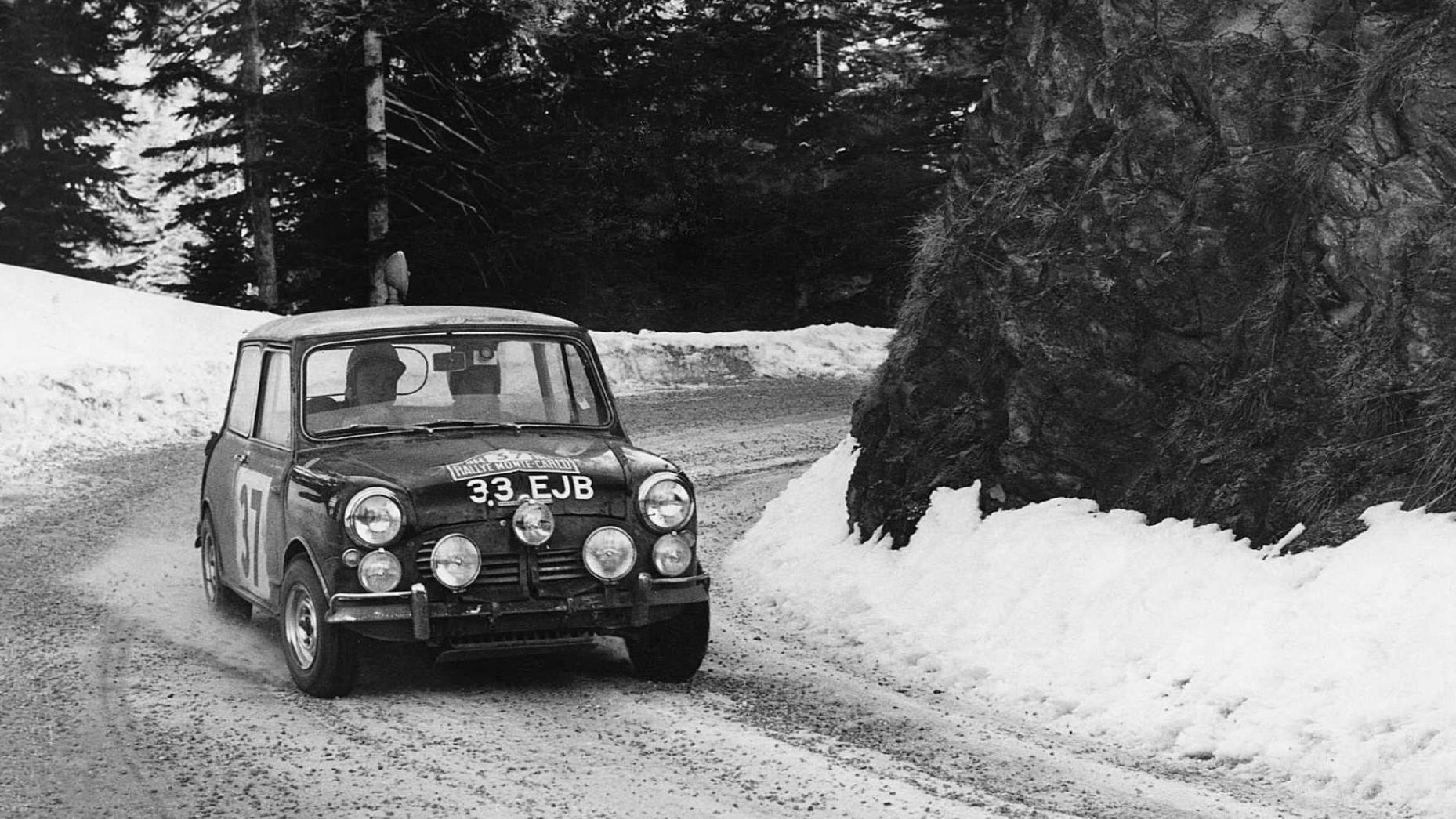
What’s been Mini’s best moment?
The fact that the original Mini remained in production for so long is an achievement that cannot be underestimated, but we would regard its unlikely motorsport success as Mini’s best moment.
The David vs Goliath footage of little Minis dicing with big American muscle cars in touring cars of the 1960s should probably be on the National Curriculum, and Minis ended up taking the title in 1961, 1962, 1969, 1978 and 1979.
Then there was rallying, with Paddy Hopkirk and Henry Liddon kicking off an awesome run of success in Mini Coopers by winning the 1964 Monte Carlo Rally against all odds. What a fantastic little thing.
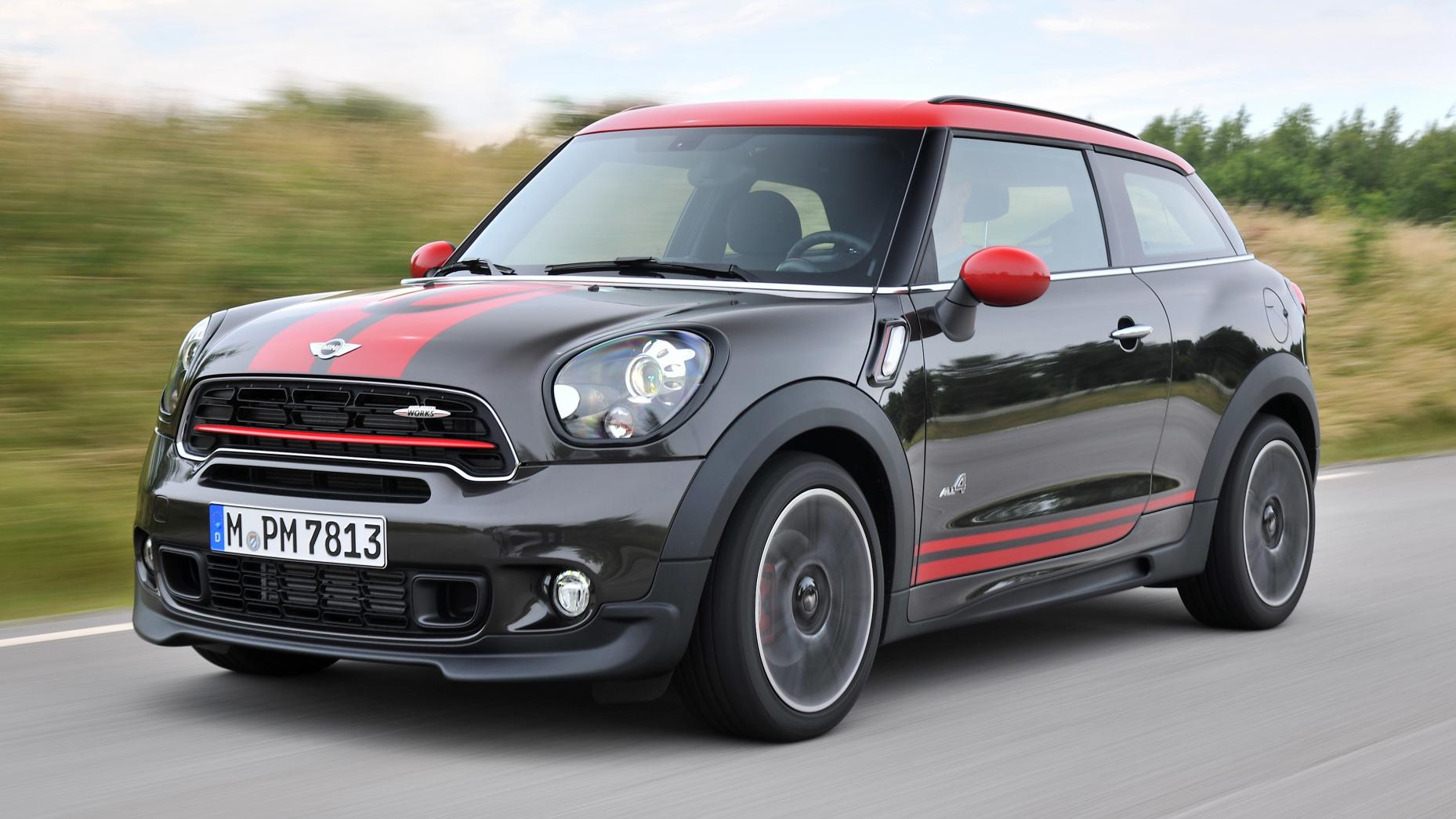
What’s been MINI's worst moment?
Well, we tried to erase it from our memories, but this award absolutely must go to the Paceman.
Built by Magna Steyr in Austria between 2013 and 2016, the Paceman was a pointless, ugly three-door coupe/crossover/SUV thing. It was available with either two- or four-wheel drive, with multiple different four-cylinder engines and was actually okay to drive. But just look at the thing. Dear oh dear.
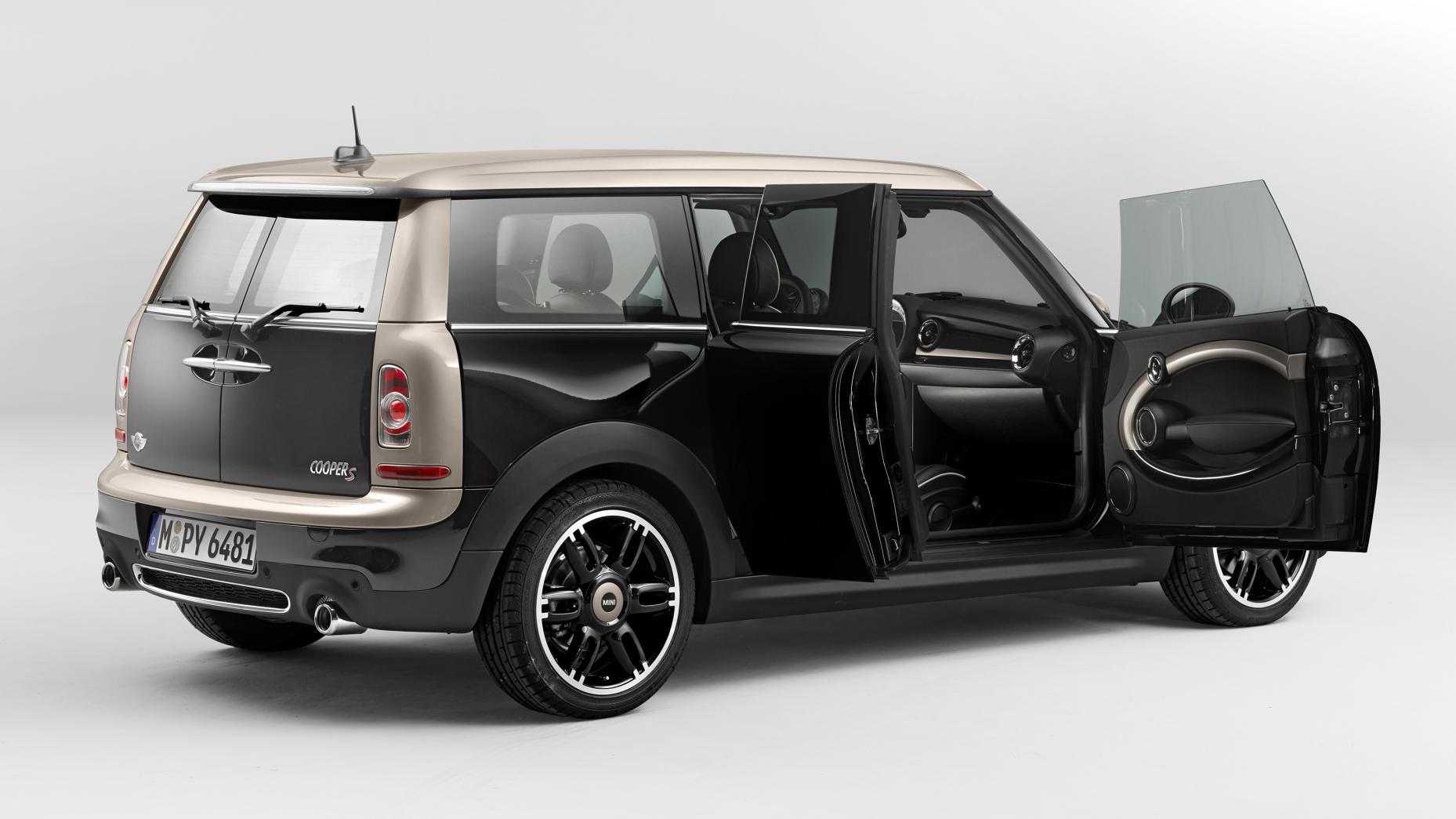
What was MINI's most surprising moment?
As we’ve already alluded to in this history lesson, the introduction of the Countryman in 2010 came as quite the shock. This was a MINI that was over four metres long, almost 1.8 metres wide and over 1.5 metres tall. It also weighed more than twice as much as the original Issigonis Mini. Sacrilege many would say.
The first-generation of the modern-day Clubman – launched in 2007 – was also quite surprising when it launched, mainly due to its door configuration (not something we say often).
The boot was accessed via two barn doors, whilst a single little suicide door allowed access to the rear seats on the right-hand side of the car. This was the same no matter what market the Clubman was sold in, so in right-hand-drive countries, this meant letting your kids out into the road if you’d parallel parked. Questionable then, pretty quirky and cool now.
That’s modern day MINI under BMW though. Back in the day, the Mini spawned a number of surprising offshoots including a pick-up truck and the twin-engined, four-wheel drive Moke.
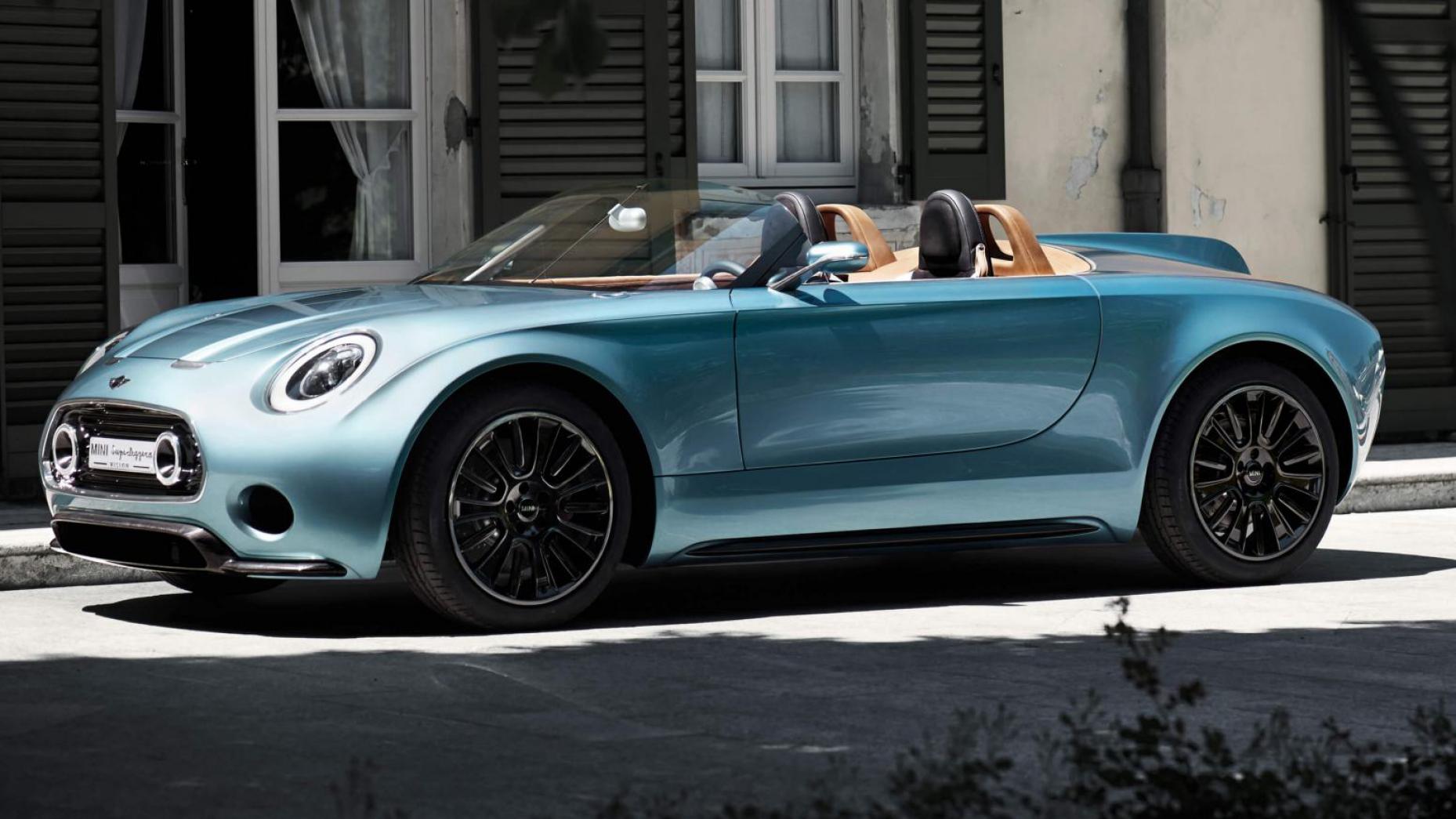
What’s the best concept Mini has built?
Ever since BMW took over things, MINI has produced a steady stream of funky concept cars. Undoubtedly the best, though, was 2014’s Superleggera Vision.
Built with Carrozzeria Touring Superleggera, there was an alloy spaceframe chassis underneath and more aluminium draped on top to create those looks. The interior was the epitome of minimalist design too.
Unfortunately the Superleggera Vision’s only purpose was to grace the lawns at Villa d’Este. What a waste.
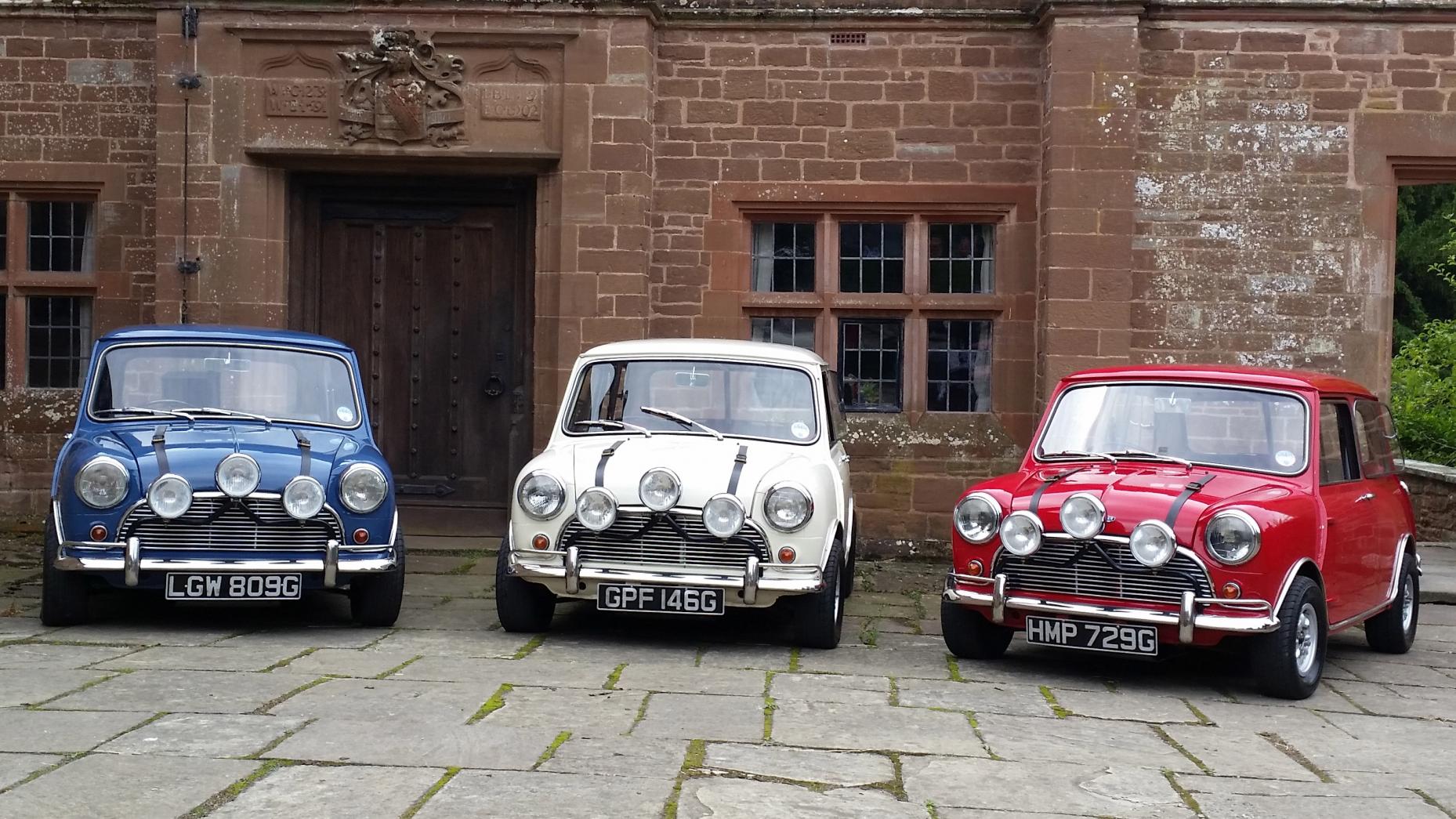
Tell me an interesting fact about Mini…
Having featured in one of the best car sequences in cinema, the Mini is now synonymous with 1969’s The Italian Job, but things could have been so different…
Whilst filming in Turin, Fiat boss Gianni Agnelli offered the crew various sums of money and as many donor cars as they wanted to switch the Minis for Fiat 500s. It must have been a seriously tempting offer too, because British Leyland was forcing the production company to buy six Minis at trade price for close-up shots, whilst stunt cars were coming from the second-hand market.
“It (the Mini) was the car every young person wanted to have, and we were making a picture which we hoped would be attractive to young people. So, it was really an obvious choice,” producer Michael Deeley told TG last year.
“You couldn’t use an Austin A30 or an A40 for a movie like this. It just was the right car.”






